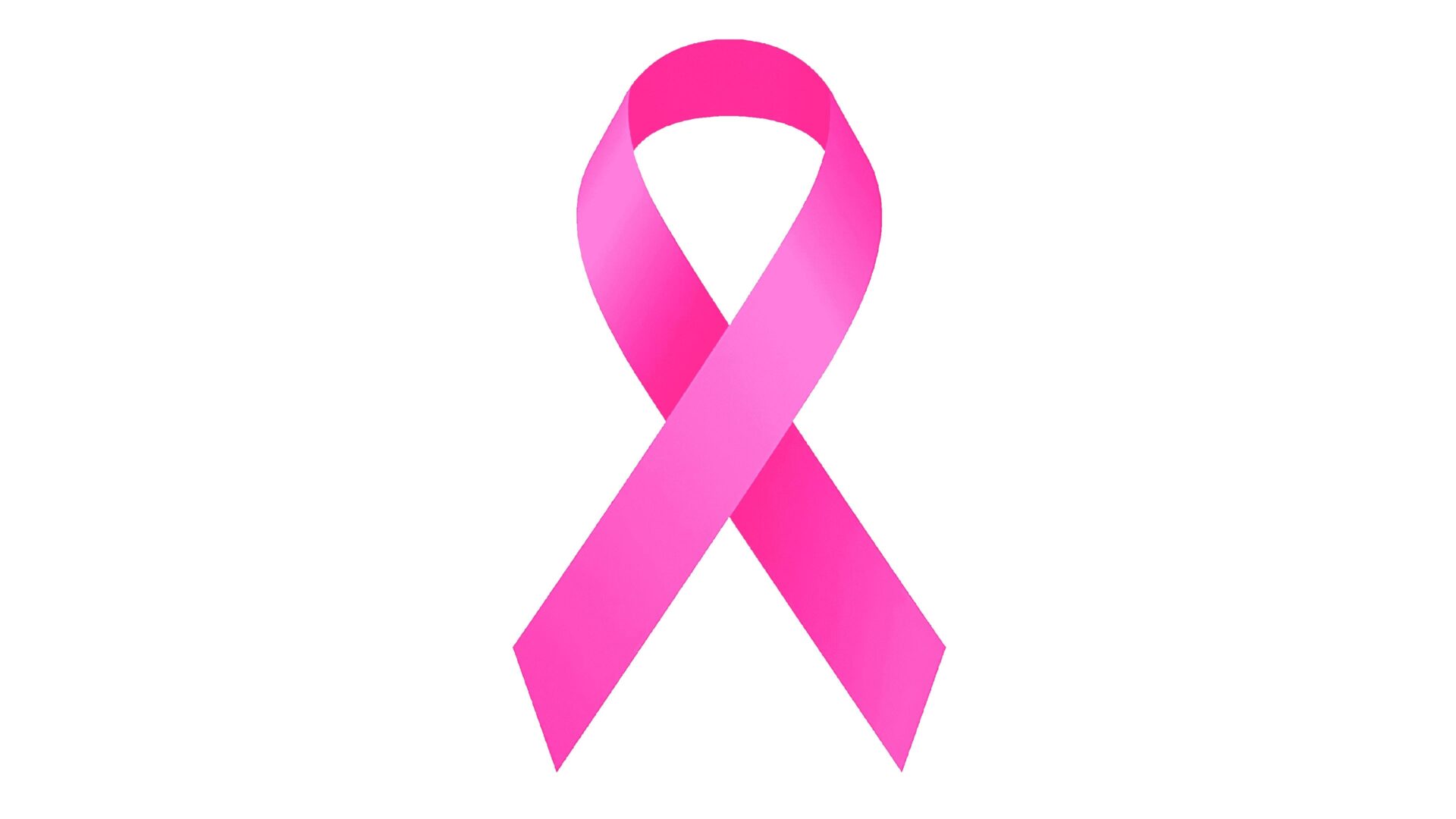The Estee Lauder Pink Ribbon Campaign – Beyond CSR

Estee Lauder leveraged its strengths to take on a social cause and act as a catalyst for a worldwide movement
October is Breast Cancer Awareness Month. Breast cancer is one of the most often diagnosed cancers in women, according to the World Health Organization.
Given the prevalence of cancer in general, why has breast cancer received so much media coverage? How did the wearing of a pink ribbon, which has come to represent these initiatives, become so widely recognised?
Symbolism and the ribbon came together in the United States in two big steps. In 1979, Penney Laingen, the wife of an American hostage in Iran, was moved by a song to decorate her front yard trees with yellow ribbons. The evening news reminded viewers that the ribbon represented her hope to reunite with her spouse. The ribbon, once only a symbol, was now a medium and a message in its own right. All around the nation, people tied yellow ribbons around their wrists to show their support.
In the second phase, which came 11 years later, after seeing the revived yellow ribbons for troops in the Gulf War, AIDS campaigners said, “What about something for our lads dying here at home?” The ribbon was pinned to the chest of actor Jeremy Irons at the Tony awards and that was how activist art group Visual AIDS brought the issue to light.
The ribbons finally made it. Suddenly, nonprofits everywhere needed one. The New York Times even dubbed 1992 “The Year of the Ribbon” because of how pervasive they were so quickly.
The groundwork had been laid for the ribbon’s development into its current form in the fight against breast cancer.
Susan G. Komen Breast Cancer Foundation was the first to respond. Since late 1990, participants in Susan G. Komen’s Race for the Cure have been able to pick up a bright pink visor courtesy of the organisation. The charity handed out pink ribbons to all of the runners in its New York City event that took place in the autumn of 1991, only a few short months after Irons’ stunning performance. While significant, Komen saw the initial deployment of the ribbon as incidental to the broader and more important tale of the race itself.

In the first months of 1992, Self’s then-editor-in-chief, Alexandra Penney, was hard at work on the magazine’s second annual Breast Cancer Awareness Month edition. As the senior corporate vice president of Estée Lauder and a breast cancer survivor, Evelyn Lauder (Estee Lauder’s daughter-in-law) was the driving force behind the guest editor of the previous year’s successful campaign. The challenge was figuring out how to repeat the success with even greater success the next time. Then, Penney had a brilliant idea: she would design a ribbon and have the cosmetics company promote it in their New York City locations. Evelyn Lauder outdid her by committing to having the ribbon displayed at all of her stores’ counters in the United States.
A week later, Liz Smith shared the story of a lady who has been making a peach-coloured ribbon in support of the breast cancer awareness movement since 1990. Charlotte Haley, 68, has seen many female relatives fight their battles with breast cancer. The peach-coloured loops she wore were created by hand in her own dining room. Each set of five came with a card saying: “The National Cancer Institute annual budget is $1.8 billion, and only 5% goes for cancer prevention. Help us wake up our legislators and America by wearing this ribbon.”

Haley distributed the cards to everyone she could think of at the grocery shop, from local celebrities to influential women. Word-of-mouth helped disseminate her message. Before Liz Smith could have her number printed, Haley had already handed out thousands.
Then a representative from Self phoned Haley to say the publication wanted to partner with her on the project, promising national exposure in exchange for nothing. Haley responded that she had no interest in pursuing a relationship with Self. Their commercialism, she said, was excessive.
Liz Smith published a continuation of Haley’s narrative at the month’s conclusion in September 1992. Haley was cited as saying that Self had urged her to give up the idea of the ribbon, and she said that Estee Lauder had “issues” working with Haley. Self decided that they needed a ribbon. When they consulted with legal counsel, they were told to “come up with another colour.”
That’s why they choose the colour pink.
After settling on “pink ribbon,” a plethora of options presented themselves. The biggest ribbon manufacturer, C.M. Offray and Son, who also provide the ribbon used to display Olympic medals, says that there are three main types of ribbons: woven, grosgrain, and craft.
The normal, basic pink from Offray, designated as “150 pink in gosgrain,” was used. They had a lot of success with this shade. They’ve had it in their line for generations.
Who ordered the 150 pink in grosgrain remains a mystery. Penny/Self was in charge of marketing and editing the magazine issue to coincide with the campaign, while Estée Lauder handled production.
We do know that Haley’s ribbon was the catalyst for a shift from a just peachy hue to a symbolic superstar for both Self and Estée Lauder.
Pink, as the saying goes, “is the most feminine of all colours. Pink’s public persona is carefree and optimistic. The impact is soothing. As a result of this association, phrases like “in the pink” are often used to describe someone who is feeling particularly well. Nothing negative can be said about it. In another way, pink represents everything that cancer emphatically does not.
Unlike other health concerns, breast cancer carries with it a “loaded” stigma: It’s about body image, it’s about nurturing, and it’s obviously about femininity. What better colour to pin on for women who feel this way, who see cancer primarily as a loss of womanhood?
In the autumn of 1992, 1.5 million breast cancer awareness ribbons were distributed at Estée Lauder shops around the country. Almost two hundred thousand petitions with pink ribbons were sent to the White House, requesting more money for cancer research.
The pink ribbon’s meteoric rise coincided with a watershed moment in corporate America. Business leaders started taking notice of the potential of cause-related advertising in the mid-1980s.
The New York Times Magazine declared breast cancer to be “this year’s hot charity” in December 1996.

Although the prevalence of pink ribbons may seem overpowering at first, the Estée Lauder campaign is really one of a kind since it addresses breast cancer on a worldwide scale. It doesn’t matter where you’re from or what you believe in; the sickness doesn’t care.
Irrationally, one can’t help but speculate about the consequences of Estée Lauder’s decision not to participate in 1992. In my opinion, this is a fantastic illustration of how a dominant business can leverage its marketing, brand strength, and international reach to take on a social cause and act as a catalyst for a worldwide movement. This is beyond mere CSR, into the realm of deliberate action for a greater societal aim with widespread effects. Consumers are becoming more and more aware of and conscious of the corporate citizenship of their favourite brands, and this awareness and consciousness build a stronger connection with the customer for firms that authentically accept these causes.



